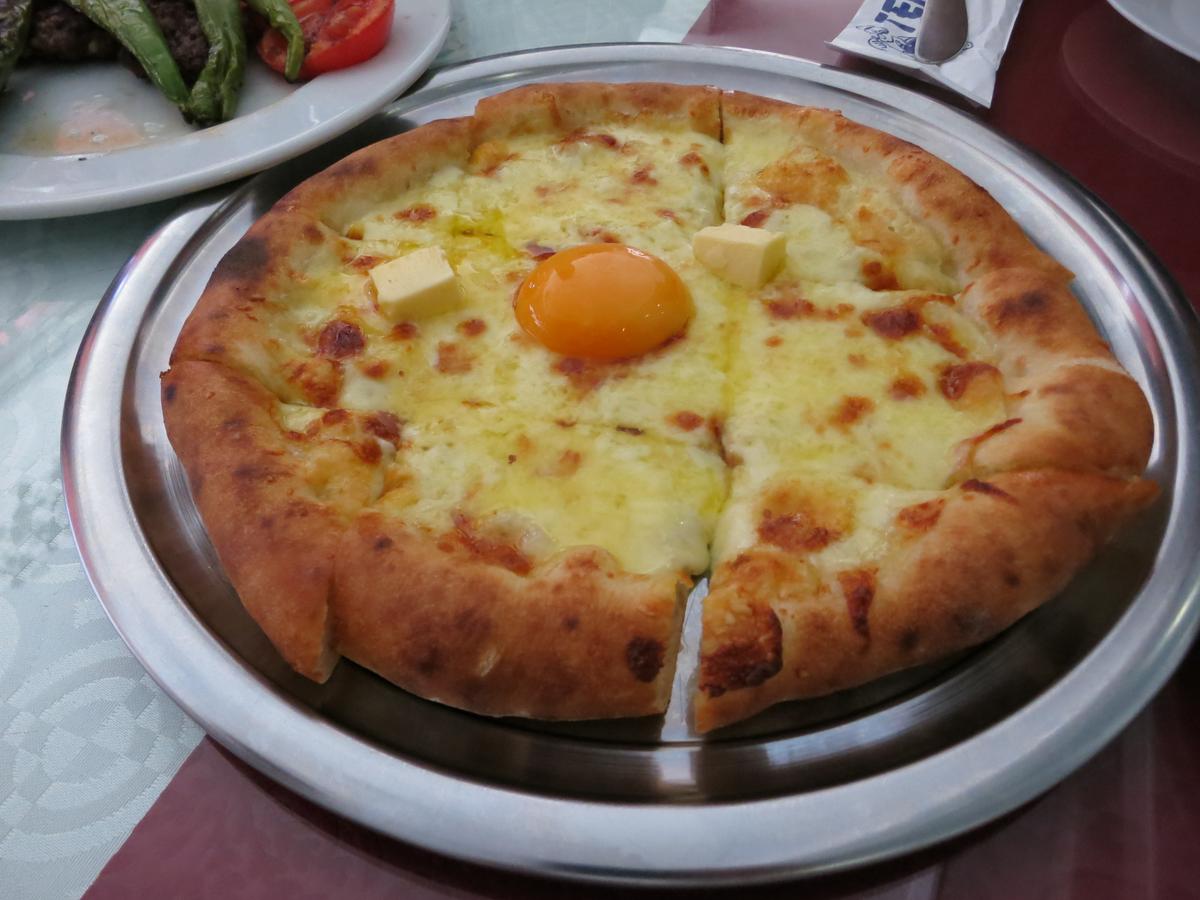With a foot on two continents, a history of empires, and a seaside atmosphere like no other, Istanbul is my favorite city in the world to visit. I’ve been there as a traveler, worker, resident, and even as a (very) minor celebrity when presenting my travel memoir for a culinary summit, GastroIstanbul, back in 2013. I never fail to see a whole different aspect of the city each time. The historical district of Old Istanbul is a must, with the sixth-century Byzantine Hagia Sophia—for centuries the largest church in Christendom before St. Paul took over the title—and Sultan Ahmet’s reply, his namesake place of worship also known as the Blue Mosque, plus a palace, and the Grand Bazaar. It makes an easy checklist even cruisers can take in on a one-day shore excursion.

Temel Reis's pide with Trabzon cheese, butter, and a soft egg yolk. Kevin Revolinski





